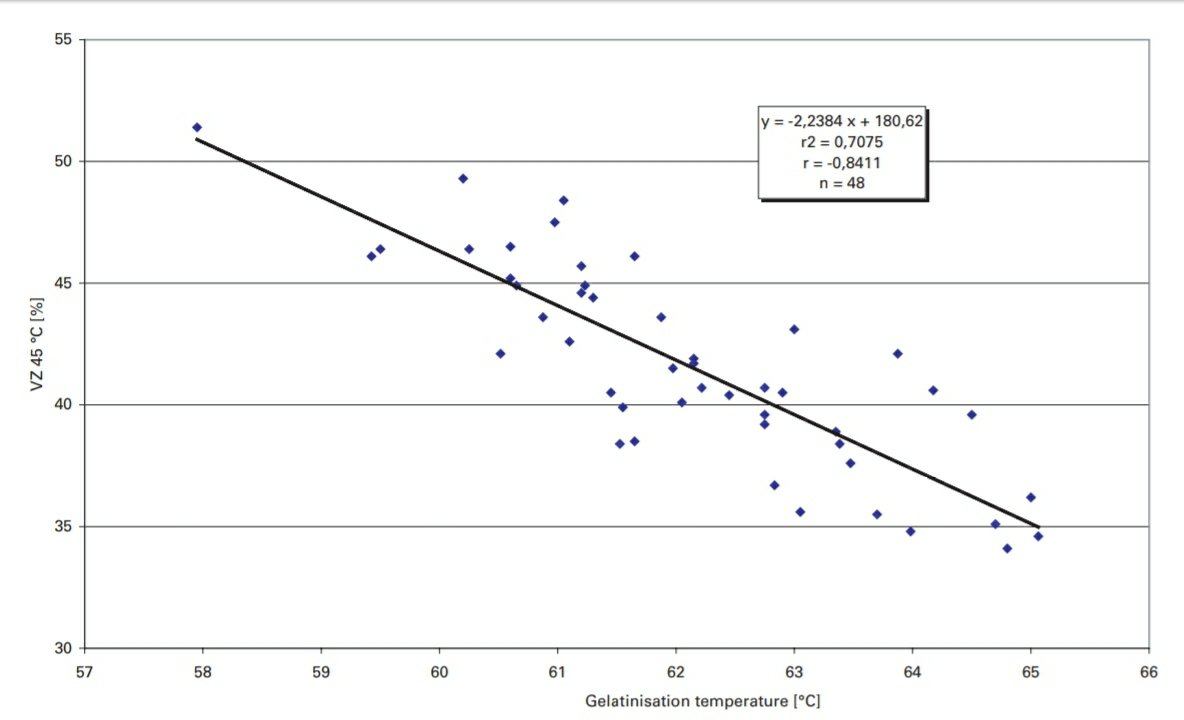Since increasing my pH to 5.5-5.6, over 3 out of the last 4 batches, I've had an average efficiency of 71%, just about my lowest ever, except for my brown ale which had 88% -- odd fluke!? Perhaps the darker malts lowered the pH when I wasn't looking? This last Sunday I just mashed a Kolsch-style at pH 5.65 (actually measured 5.4 @ mash temp 149 F), that's the highest I think I've ever gone, and my brewhouse efficiency was 70%. I also tasted the wort, and it seemed remarkably insipid and boring compared to any other wort. But I'm fermenting it as-is to see how it all turns out in the end. My other beers turned out mediocre at best... except the brown ale won a gold medal. Coincidence?! I dunno yet.
So, I must say, I'm not really liking this higher pH thing as much as I'd expected. But will continue to toy with it. I think also I might try extending my mash time from 45 minutes to perhaps 75 minutes, to see if that helps much.





























![Craft A Brew - Safale S-04 Dry Yeast - Fermentis - English Ale Dry Yeast - For English and American Ales and Hard Apple Ciders - Ingredients for Home Brewing - Beer Making Supplies - [1 Pack]](https://m.media-amazon.com/images/I/41fVGNh6JfL._SL500_.jpg)






























